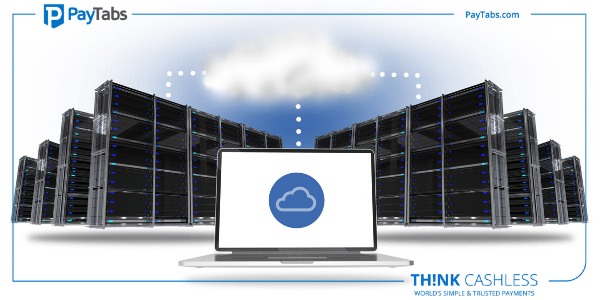5 Reasons to Avoid Cheap or Free Cloud Hosting

There is a plethora of choices available when it comes to choosing your web host. Cloud based hosting has become the norm now and there are several options to choose from. However, it is important that you undertake serious analysis before deciding to go with a particular course of action. While you may want to keep your costs down and opt for free or cheap cloud hosting, you should ensure that such freebies do not come with hidden costs. In many cases, such cheap services may actually cost you a lot more in terms of lost sales or credibility. Here are some of the top reasons why going with a free or cheaper cloud hosting option may not be the best choice.
Reliability: The dependability of the service provider is one of the biggest criteria while choosing a hosting partner. This will ensure that your website is up at all the times and will run in a smooth manner. These factors are essential for providing the best services to your clients. In the case of free or cheap cloud hosts, there may not be any certainty about the longevity of their business. If they decide to close their business at any point of time, you will be left with a non-functional website. You may have to incur high expenses to transfer your content to an alternate site. Apart from causing financial loss, this situation will also hamper your daily operations.
Security Issues: Security should be foremost in your mind while selecting a web host. This is especially important if you are hosting an e-commerce website. In such cases, there is a lot of sensitive information at stake. Your free or cheap cloud host may provide unsatisfactory security measures or none at all. Since their servers are shared by a number of websites, the security issues may become even more pertinent. Further, the lack of security tools for the purpose of cost cutting may make things worse. Ultimately, such cheap services may prove to be far more expensive for you.
Poor Performance: There are several factors which determine the efficacy of a website. Some of the main performance metrics are page-load speed, loading error and downtime. Page load speed denotes the time a website takes to display its content. Your free or cheap cloud host may not be able to provide enough bandwidth for the speedy loading of your website. This situation may translate to dissatisfied clients who may choose to take their business elsewhere. Furthermore, many search engines use loading speed as a criterion for ranking purposes. In such cases, you may incur further losses as your website may be ranked lower solely due to its poor loading speed.
Technological Issues: If your host does not have the right technology then your website may show loading errors, again leading to loss of business. If your website frequently faces loading errors, then your clients may switch to a different service provider to avail seamless services. Free or cheap cloud hosts may also experience more frequent downtime, again leading to client loss. Such downtime may be scheduled but they ultimately eat into your business and may cause client dissatisfaction. Such issues are more prevalent with free or cheap cloud host since they may not have resources to offer the latest technological tools.
Lack of Support System: If you do choose a free or cheap cloud host, you may have to run your website without much support. These hosts generally do not provide any support system. In case of any website issues, you are on your own to figure out the problems and resolve them. Further, you may also receive a limited set of features which might not let you design your website according to your requirements. They may only have set templates which you can choose from, limiting your creativity and hampering the productivity of your website. Free or cheap cloud hosts generally provide limited storage and bandwidth which may not be enough to fulfill your requirements.
This is why you can safely conclude that free or cheap cloud hosts are only suitable for temporary websites or when you are just starting out to test the waters. If you are running a professional website and hoping to provide a seamless and fuss-free experience to your clients, you may want to look at other options available in the market.









